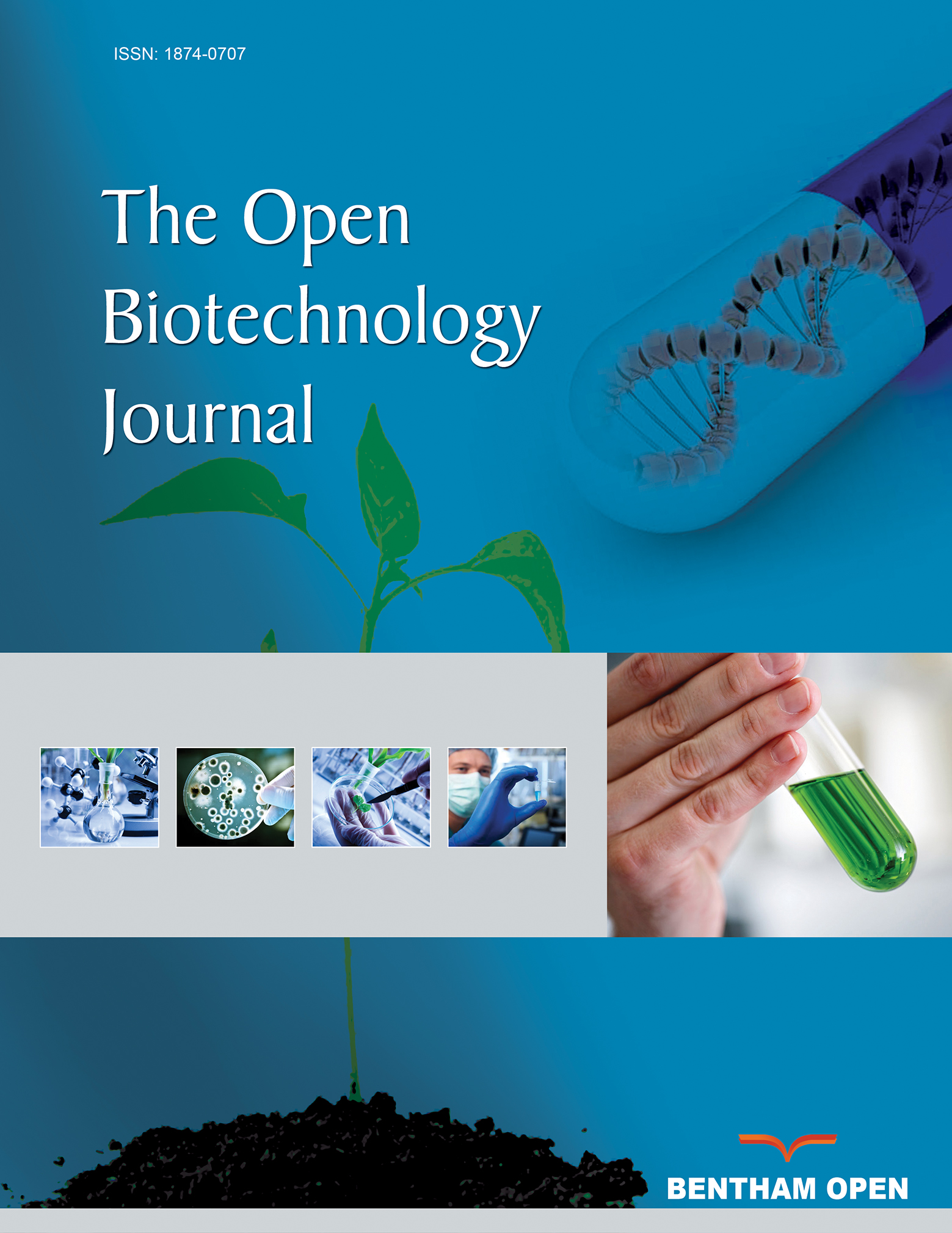All published articles of this journal are available on ScienceDirect.
High Frequency of Vancomycin-Resistant Enterococci in Sewage and Fecal Samples of Healthy Carriers
Abstract
Objectives:
Enterococci are part of the microbial flora of the gastrointestinal tract of animals and human and can be released into the environment through fecal materials. These microorganisms play an important role in the dissemination of antibiotic resistance genes. Vancomycin-Resistant Enterococci (VRE) have been obtained in municipal sewage, hospital and agricultural wastes and healthy carriers. The aim of this study was to investigate the frequency of VRE in sewage and fecal samples of healthy carriers.
Methods:
This study was performed on fecal specimens of 100 healthy carriers and 100 samples of sewage in Zanjan Province. Fecal and sewage samples were cultured on Trypticase Soy Agar and biochemical tests were performed for Enterococci identification. Antimicrobial susceptibility testing was performed as CLSI guidelines and vancomycin resistance was determined using the agar dilution method.
Result:
Of 200 cultured samples, 141 isolates of Enterococci were detected. 64 isolates were detected from fecal and 77 were isolated from the sewage samples. Antibiotic resistance profile of fecal isolates was as follows: tetracycline (57.8%), ciprofloxacin (54.7%), phosphomycin (54.7%), erythromycin (51.5%), chloramphenicol (12.5%), amoxicillin (21.8%) and gatifloxacin (23.5%). Also, for the sewage samples, the most resistance of antibiotic was detected against ciprofloxacin (76.6%) followed by tetracycline (74%), erythromycin (68.8%), and phosphomycin (61%). According to Agar dilution method, among 141 isolates of Enterococci, 15 (10.6%) isolates were vancomycin resistant, 11 of sewage isolates (14.3%) and 4 of the carrier isolates (6.2%).
Conclusion:
Our study describes the high frequency of VRE in municipal sewage and healthy carriers. Regarding the importance of VRE strains in the clinical and environmental settings, it seems necessary to address the issue.


